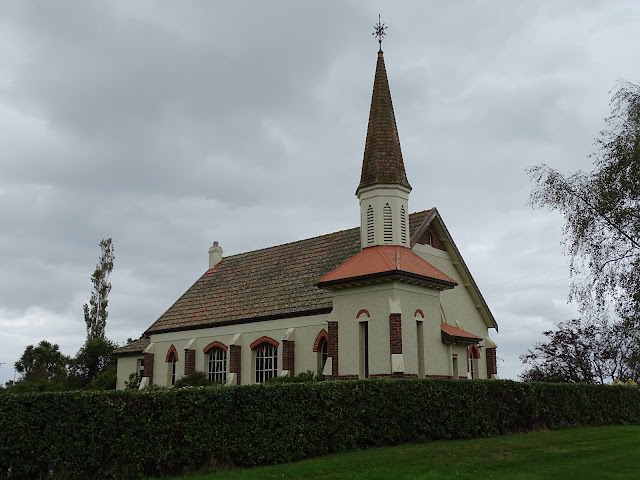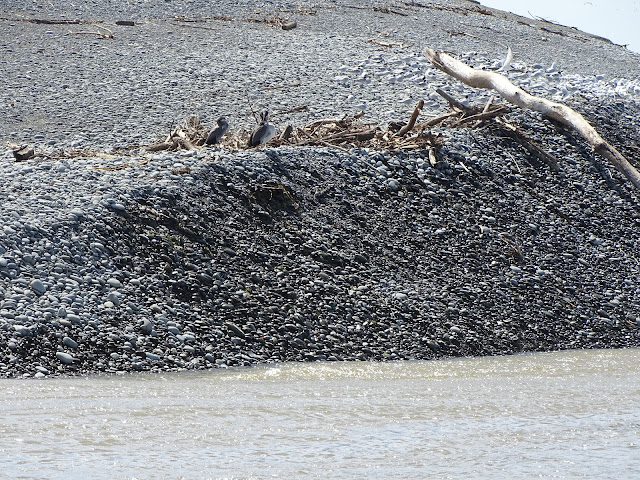Karitane, a small seaside village about 30 mins north of Dunedin, lies at the mouth of the Waikouaiti River.
A tribute to Sir Fredric Truby King who founded Plunket and Karitane Hospitals. Sir Truby owned a holiday home here in Karitane.
More photos of the Karitane area.
On the eastern side of Kaitane is the Huriawa Peninsula. Once a pa site, it is now a historic reserve. There are tracks all over the peninsula and some magnificent views. Entry is free, but there is a place when you can give a koha (donation) towards the upkeep of the reserve. Dogs are allowed here on leads.
This rock with a hole in it is on the southern side.
Again on the southern side, a place where the sea pours through a gap into a small area.
At different spots along the track are signs similar to this, telling Maori stories of the area.
Another interesting area created by the constant erosion of the sea.
Looking out across the Bay towards Waikouaiti Beach and Cornish Head.
Looking towards the end of the peninsula . . .
There came a point where we could go no further.
The northern side.
The tracks are not signposted—you can wander at will. When we arrived back near the entrance, we decided to head off down another track, heading south. If we hadn't, we would have missed a close-up view of these magnificent rock formations.
The inside of the fence at the entrance to the reserve.
Looking back at Karitane. This is the Huriawa Peninsula in the centre right of the photo and Waikouaiti beyond in the distance.
A closer view . . .
This former Roman Catholic Church at Seacliff has been restored and converted to a home. Seacliff is another small town south of Karitane.
If you cannot see "Post a Comment" below, click here (and scroll down to the bottom of the post) to talk to me!



























































